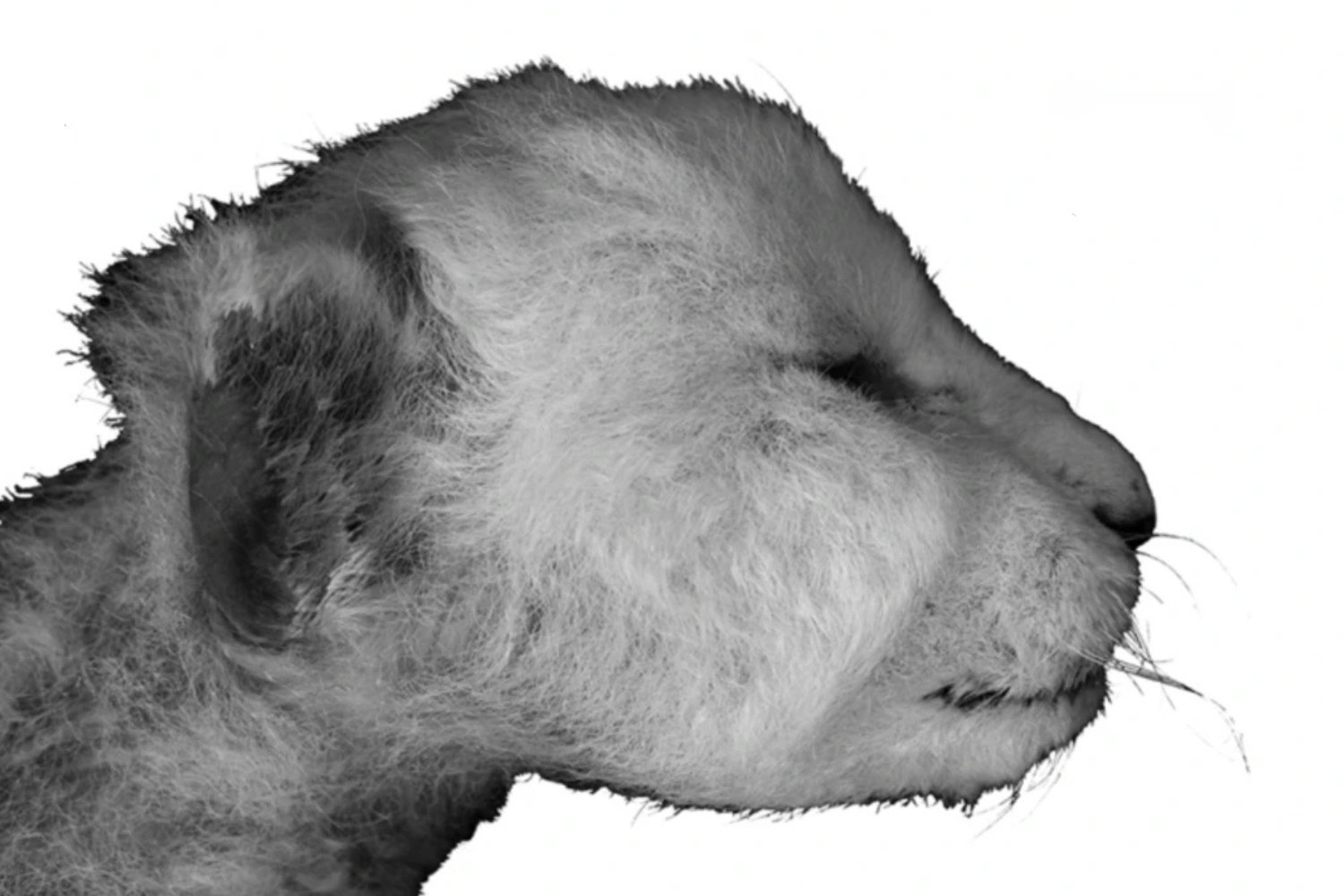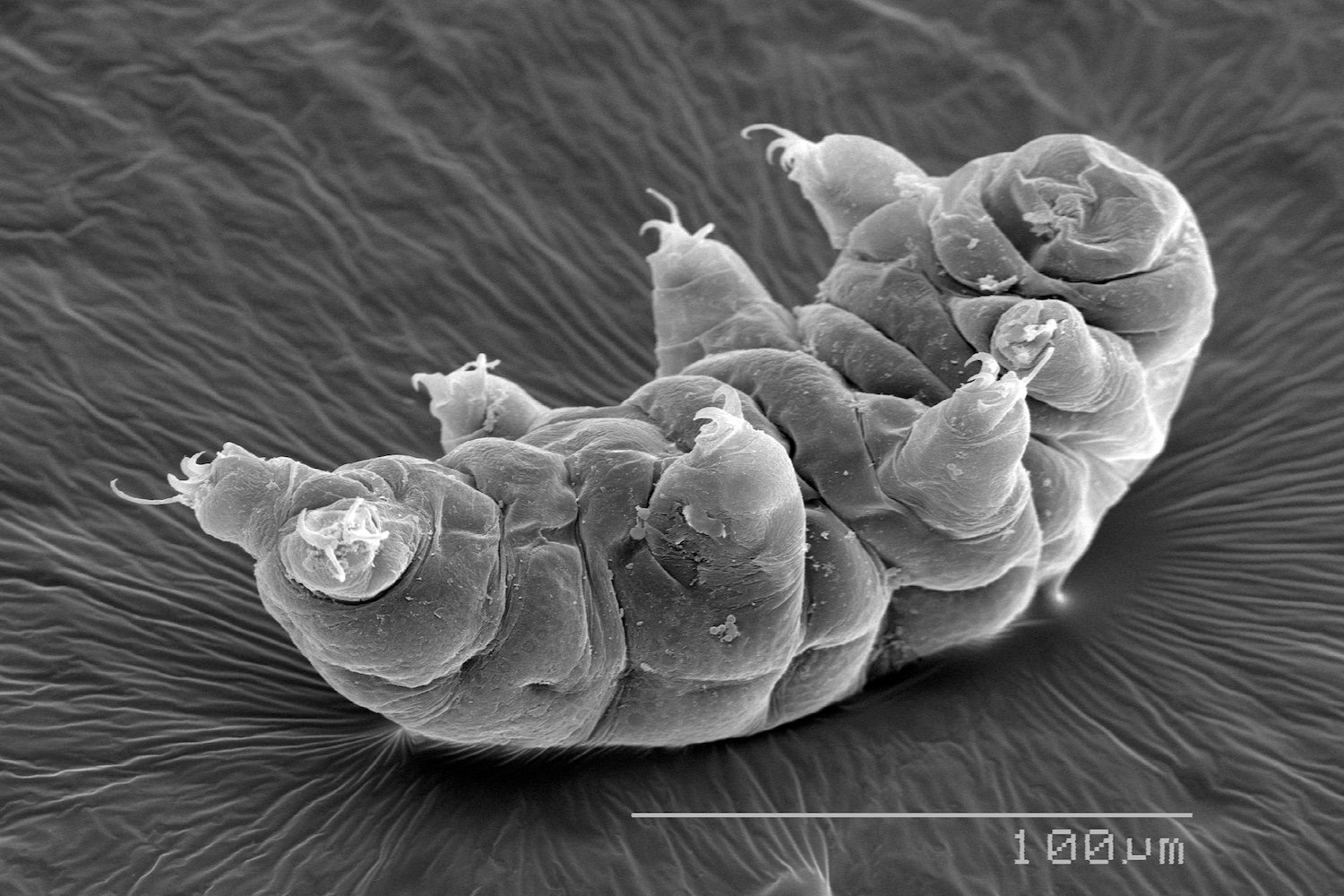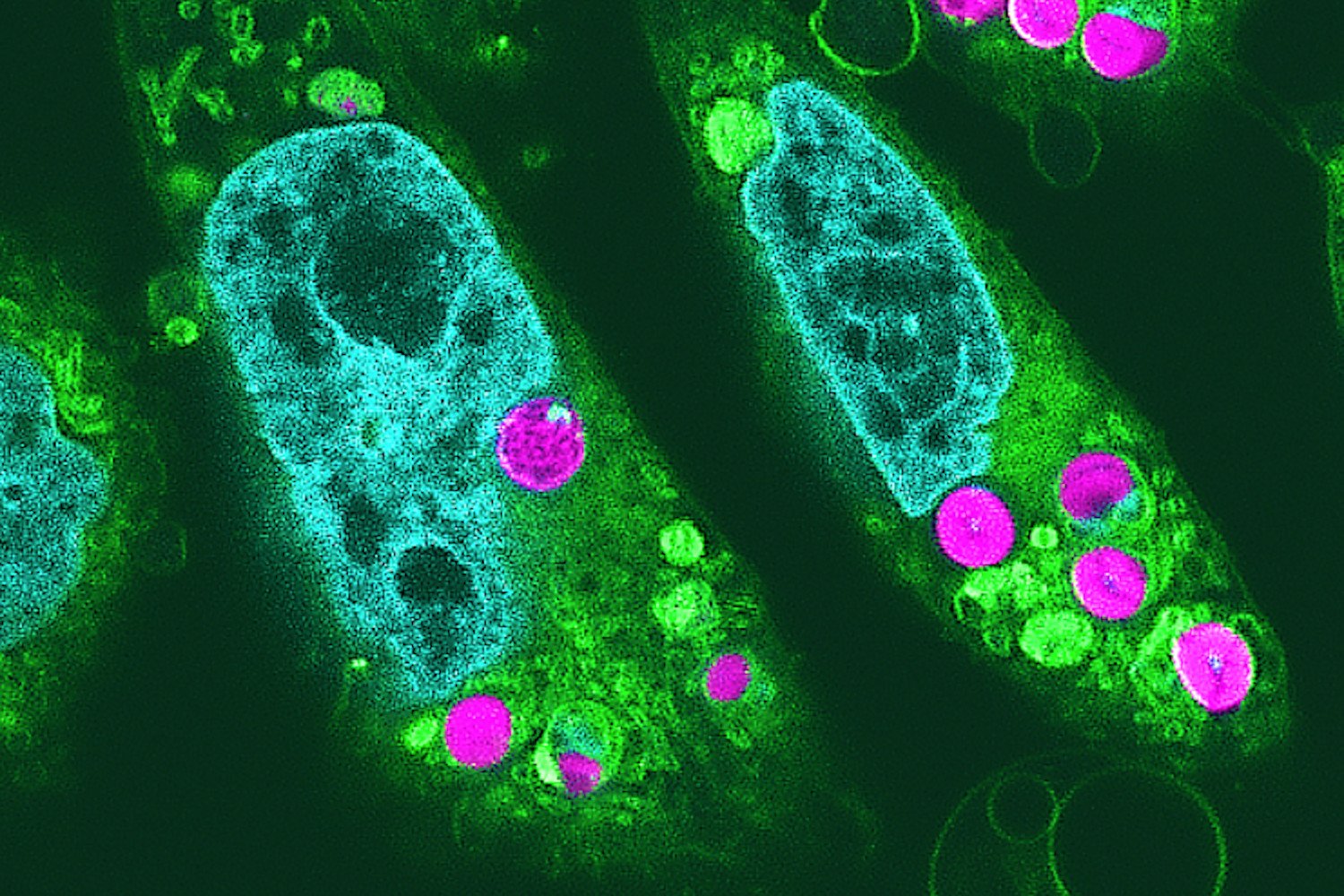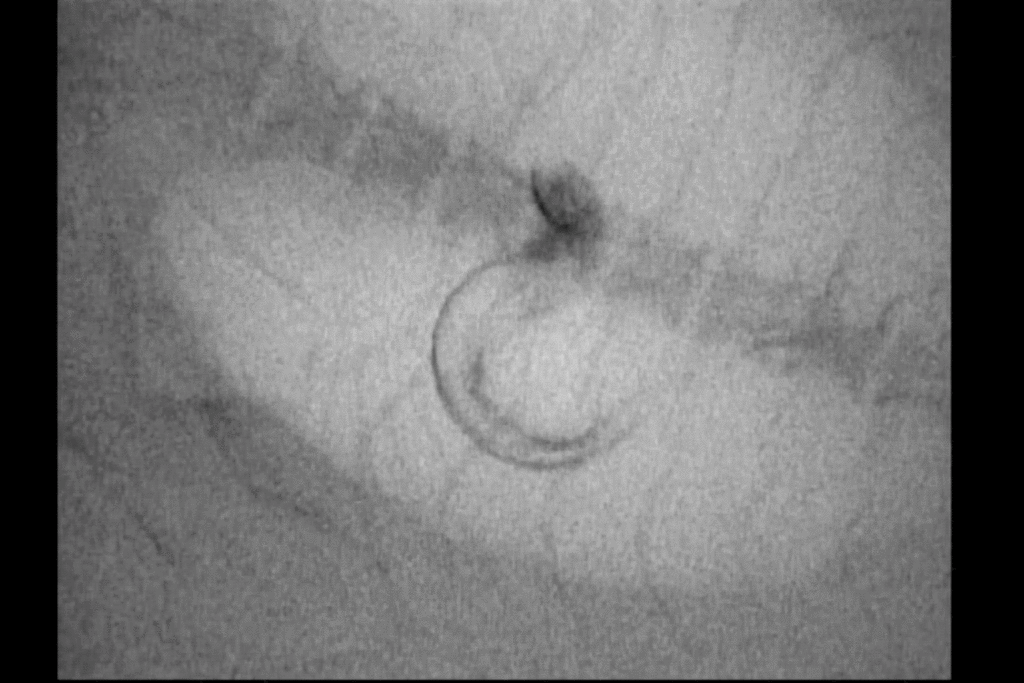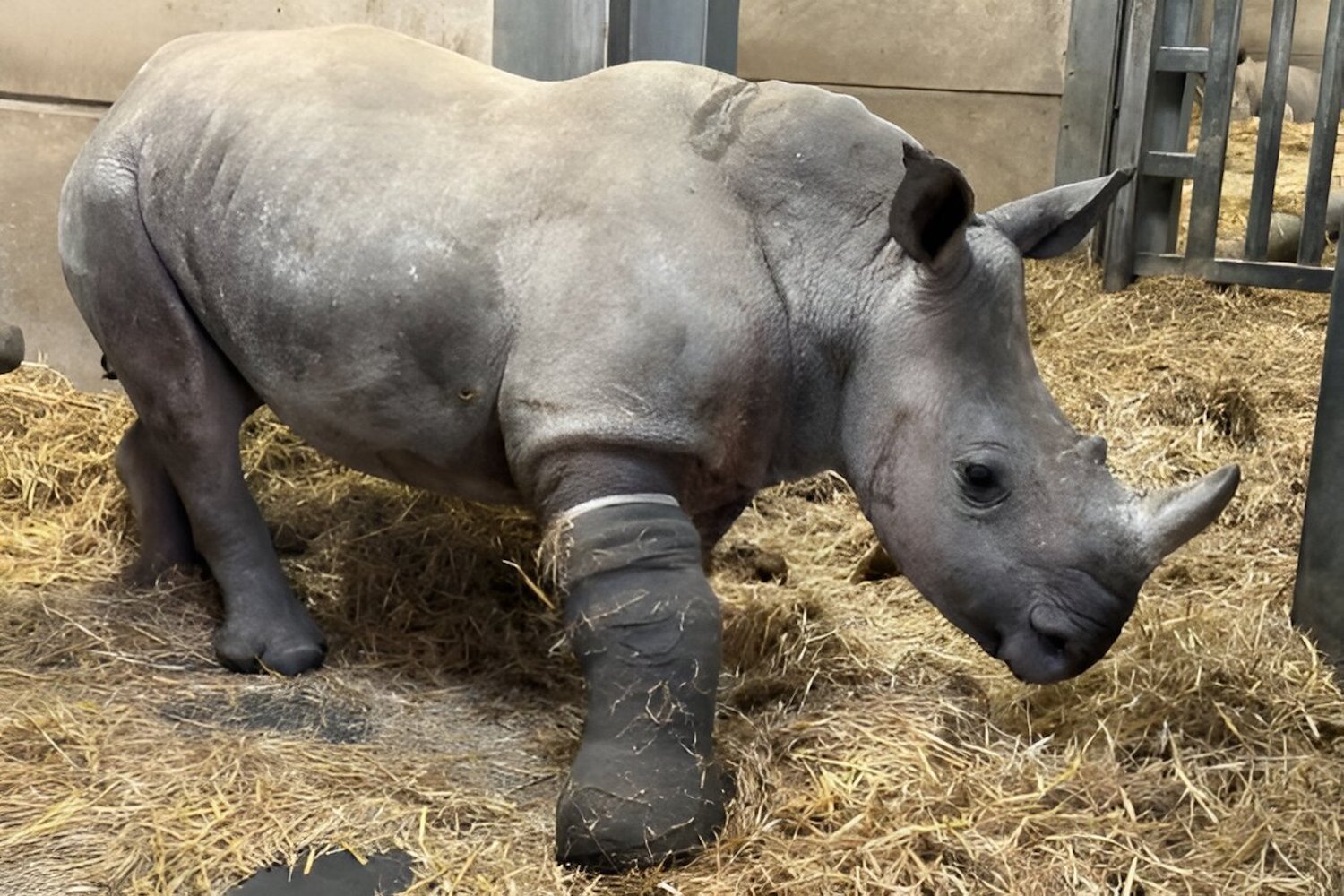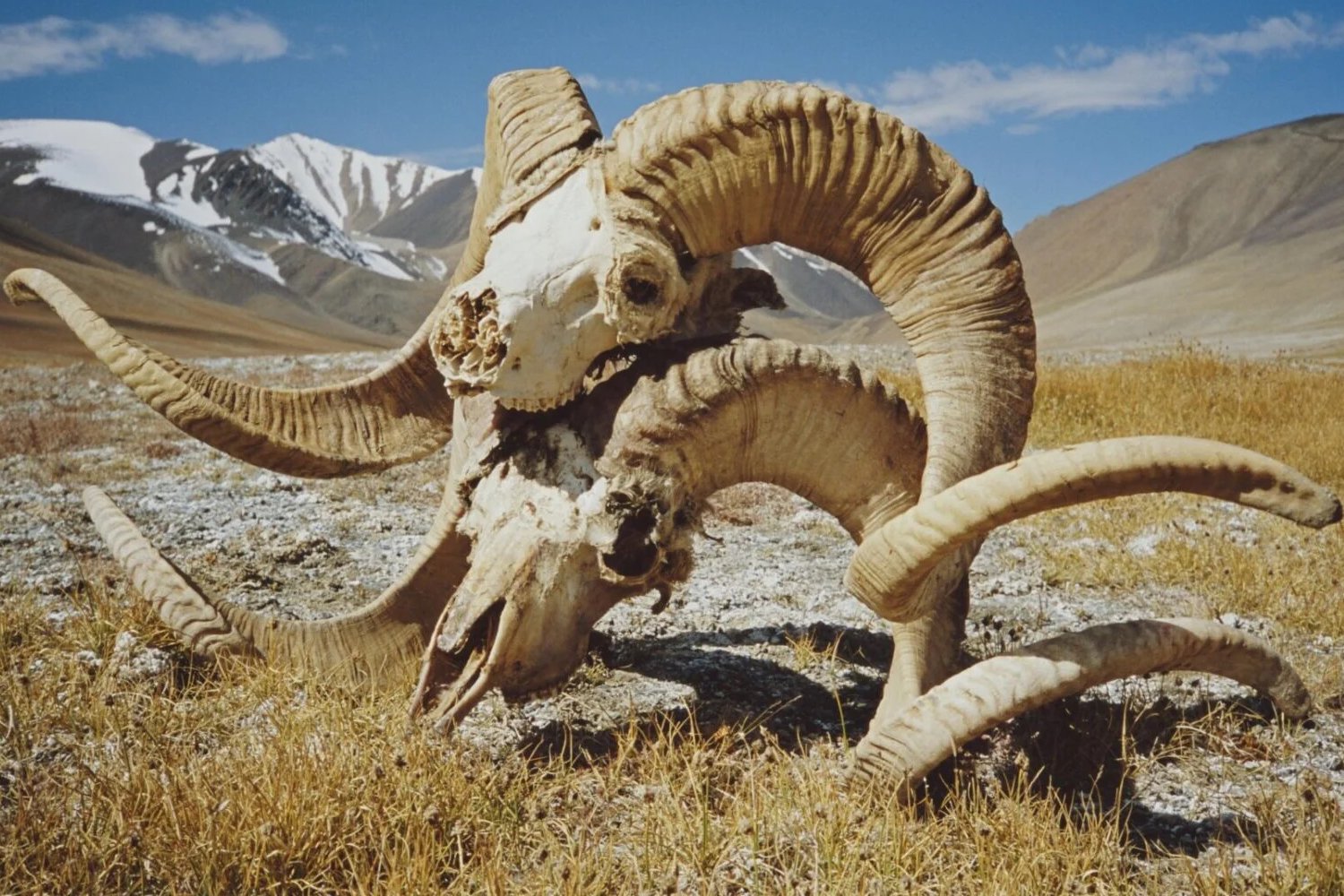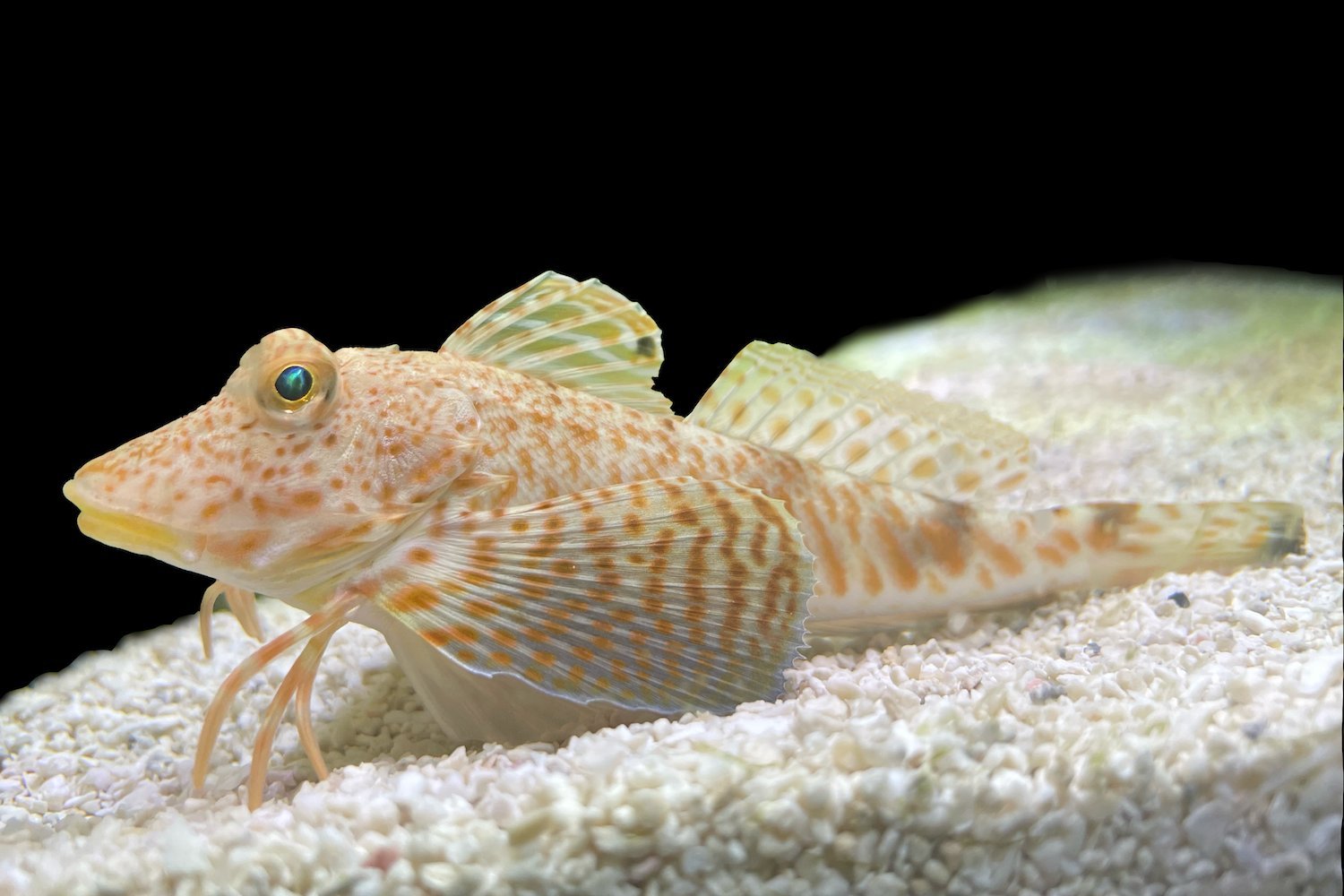Six years after the discovery of a remarkably preserved cave lion cub in Siberian permafrost, another incredible find has emerged: a similarly preserved saber-tooth cat cub, offering a unique glimpse into the Pleistocene Epoch. This remarkable specimen, unearthed in 2020, is now the subject of scientific scrutiny.
The mummified cub includes the entire head, one forelimb, the shoulders and ribcage, and a hind leg. Researchers concentrated their analysis on the head and teeth to determine the species and gain insights into its geographical distribution and morphology. Their findings were recently published in Scientific Reports.
“This frozen mummy confirms modern reconstructions of Homotherium based on adult bone remains,” explained Alexey Lopatin, a paleontologist at the Borissiak Paleontological Institute and lead author of the study. “It reveals external features like fur color, muzzle size, ears, and footpads—details impossible to glean from skeletal remains alone.”
Radiocarbon dating places the cub at approximately 31,800 years old, several thousand years older than the 2018 cave lion cub discovery. This means that when humans were creating the oldest cave paintings at Lascaux, this saber-tooth cub had already been deceased for nearly 15,000 years. The research team compared the cub to a three-week-old lion carcass and utilized CT scans to examine its skeletal structure non-invasively.
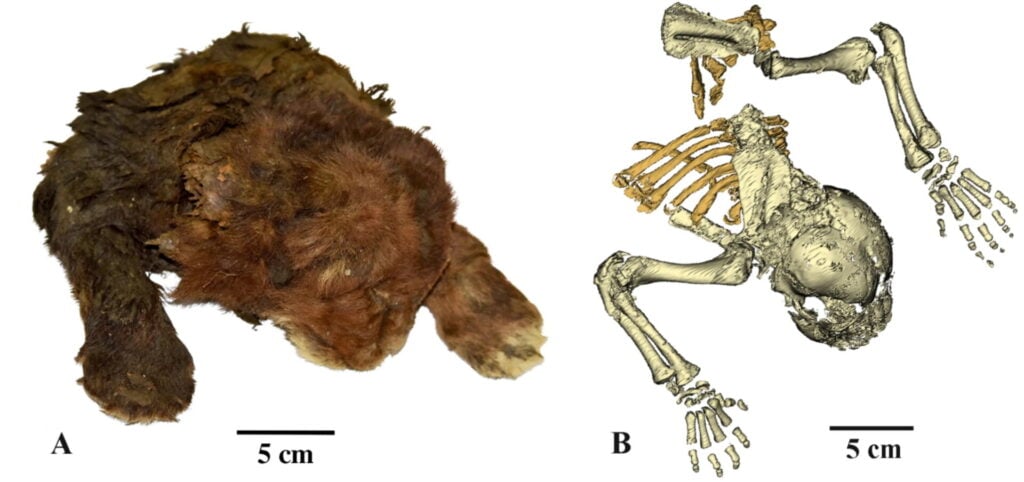 A photo of the mummified saber-tooth cat cub alongside a CT scan revealing its skeletal structure.
A photo of the mummified saber-tooth cat cub alongside a CT scan revealing its skeletal structure.
The researchers identified the cub as Homotherium latidens, also known as the scimitar-tooth cat. Homotherium was a saber-toothed predator adapted for long-distance running, possessing shorter incisors than other saber-tooths like Smilodon and a leaner build than even modern lions (Panthera leo). This finding confirms Homotherium‘s presence in Asia during the Late Pleistocene.
“This represents the first direct study of the external appearance of an extinct mammal with no modern analogues,” the team stated.
Despite slight deformation of the skull, the well-preserved right side allowed for accurate reconstruction. The researchers also observed that the cub’s neck is more than twice as thick as that of a lion cub of similar age. This provides valuable information about the development of adult Homotherium, known for their short bodies and relatively long legs.
Beyond comparative analysis and its remarkable age, the mummy holds the potential for further discoveries.
“The muscles, bones, and skin are remarkably preserved,” Lopatin stated. “DNA extraction is one of the next stages of our research.”
Extracting genetic information from permafrost-preserved specimens is a burgeoning field, thanks to the unique preservation environment that keeps genetic material intact for millennia. Recent examples include a well-preserved baby woolly mammoth found in the Yukon and the successful deciphering of mammoth genomic architecture from 52,000-year-old chromosomes.
Lopatin added that “new unique mummified specimens have been found in Yakutia,” the same region where the cave lion and saber-tooth cat cubs were discovered. These frozen relics offer an unparalleled window into the past.



